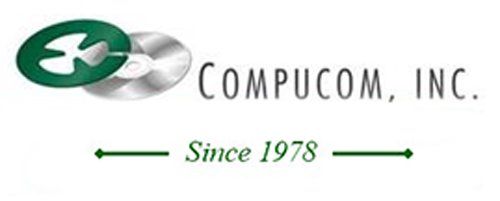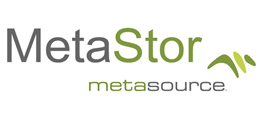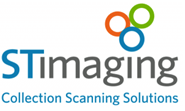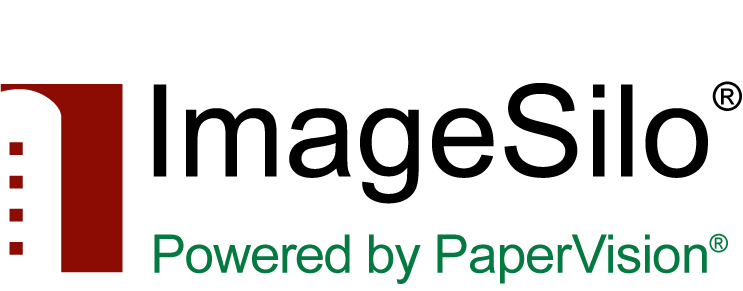What's Happening At COMPUCOM Inc.
Repairs at your Service!
We’ve called it the Service Department for years. Actually, it is the Analog Equipment Support and Maintenance Division. At least that is how it started out.
When we began the business as a Computer Output Microfilm Service Bureau (Another long name!) we generated millions of data pages of information on microfiche. In order to view those images, users depended on a microfiche viewer or viewer/printer, sometimes called a Reader Printer. It was a natural that we added sales of this type of equipment to our bag of tricks. As the use of fiche expanded so did the sale of support equipment like reader printers.
That is when we met Minolta, a manufacturer of office equipment including microfilm/fiche devices. Minolta was expanding their sales footprint while really improving the technology in use at the time. COMPUCOM Inc. became the regional distributor for the Minolta line of film-based equipment and as part of that initiated a technical department to maintain existing equipment as well as support new sales.
Now over the year’s things have changed. Not as much new microfilm is being made. Viewing devices continue to be a valued asset however. There’s lots of film in the hands of users. Some simply reference the film as required while others digitize their entire collection. In any case, that equipment is still needed and our Service Department can still take care of it.
As amazing as it is to say it, there are 30-year-old Minolta reader printers still being used today. Parts are getting tougher to find for some of the old models but the group is very resourceful. The Minolta equipment is good but our techs are better!
We are now able to help you with all brands of microfilm equipment. But in addition to that we are experts in digital scanning and related devices, printers and other office products as well. As long as there is equipment in use it will require maintenance. And COMPUCOM Inc. can handle it.
If you have a need give Dan Mathews a call at 412-562-0610. He’s always looking for a challenge.
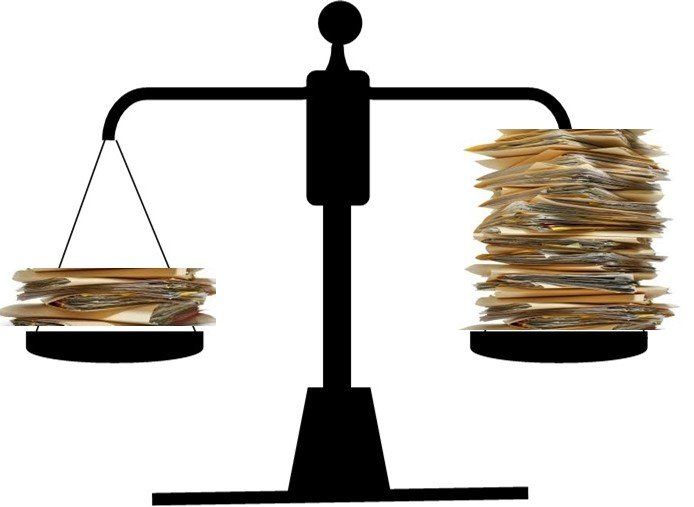
Not all packages come in the same size and even the smallest of them deserves attention. In the document scanning business problem solving typically involves converting a large volume of files from paper to digital. This makes sense because getting that huge roomful of boxes pared down to storage on a network provides many benefits: • Office space is available for other uses. Or doesn’t need to be part of the rental footprint. • Access to files is fast, clean and accurate. • Misfiles are a thing of the past. • Paper files are now backed up for security. • Remote workers have access. So, what about smaller file groups? They need to be protected and secured as well. Access can be as, or even more important than other file types, it just depends on the subject matter. And while in paper form they may not take up much space, there is also the advantage of putting all business files on a common digital platform. We have met managers who decide that large volume files should be converted via a dedicated scanning system, whether in-house or with a provider. With small files however, they feel that using an inhouse multifunction device (MFD) is an acceptable solution. This decision stands a very good chance of not working for a few reasons. The scanning task is assigned to someone who is already fully engaged in other responsibilities. This puts scanning at the bottom of the pile where it waits, never to be completed. Image quality suffers when the MFD is not set up properly or maintained. Digital files are misplaced on the network, never to be found. Etcetera! At COMPUCOM no job is too large or too small to us. Each has its own priorities and requirements. We know that your information, whether a room full or a hand full is critical to your business and we treat it accordingly. Perhaps you are new to document scanning or would like to try us out. Together we can address your records management situation and come up with the solution that best fits your needs. Give us a call, we’ll size up the situation.
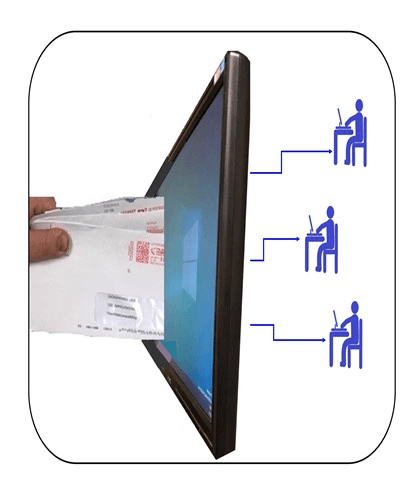
Paper is easy to lose, needs to be physically processed, delivered, filed and retrieved. In addition, keeping track of these files is no easy task. Not to mention regulatory compliance and risk management issues. With COMPUCOM Inc.’s Virtual Mailroom Service, we scan all of your organizations mail the day it arrives, instantly creating an audit trail. We then electronically distribute that mail immediately to the proper person / department. Your staff can now be knowledge workers instead of manual document laborers. There will be much less need to make copies, cutting your costs even further. Eliminate the slow response times can have a disastrous impact on your customer’s satisfaction levels. 86% of consumers have quit doing business with a company because of a poor customer experience, it pays to respond quickly. It is estimated that it takes on average 18 minutes to locate a document. Think about the time that is being wasted, while your customer just waits. With so many documents to manage and store, storage costs can also become an issue quickly. Filing cabinets use up valuable office space and offsite storage and retrieval costs can quickly mount up. It is estimated that switching to a paperless office can result in a 60-70% reduction in costs associated with record management. How It Works We receive all of your mail, directly from you or your PO box. We open envelopes and scan the documents (invoices, claims, forms, etc.) We verify all documents have been captured properly in our quality control department. We process all the documents including all of the data entry that is required. We upload the images and metadata wherever you determine (Your server, accounting/ERP system, your document management system or our ImageSilo solution). All workflow processes can also be automatically triggered. Let our virtual mailroom service give you the security you need, improve employee productivity and improve your customer service. All while saving your organization time & money.

October is here again and so is American Archives Month when we recognize the importance of maintaining archives and all those who work to identify, preserve and make accessible the stuff of history. Items large and small, groundbreaking and mundane form the basis of our collective memory. Archivists are charged with performing the vital task of ensuring the long-term protection of the past. It may be documenting a specific time in our nation’s history or ensuring records are available for presidential libraries. Pieces of history add up to paint a picture of our past. In addition to recording what came before them, archivists must keep up with changes in technology in order to utilize the best tools available in future endeavors. Archivist are concerned with records that important enough to be retained for an extended period. The obvious is maintaining controls and conditions that protect records and related information. Other concerns involve preparing for potential disasters whether they be natural or manmade. Educating leaders in the private and public sector as to the critical need to maintain archives is an essential part of an archivist’s responsibilities. Without these efforts we would all lose a valuable connection to the past where we can learn and benefit from that knowledge. We salute all the professionals who preserve our history and thank them for their efforts. Fast fact. There are currently more than 13 billion sheets of textual records alone in the National Archives Building in Washington D.C.
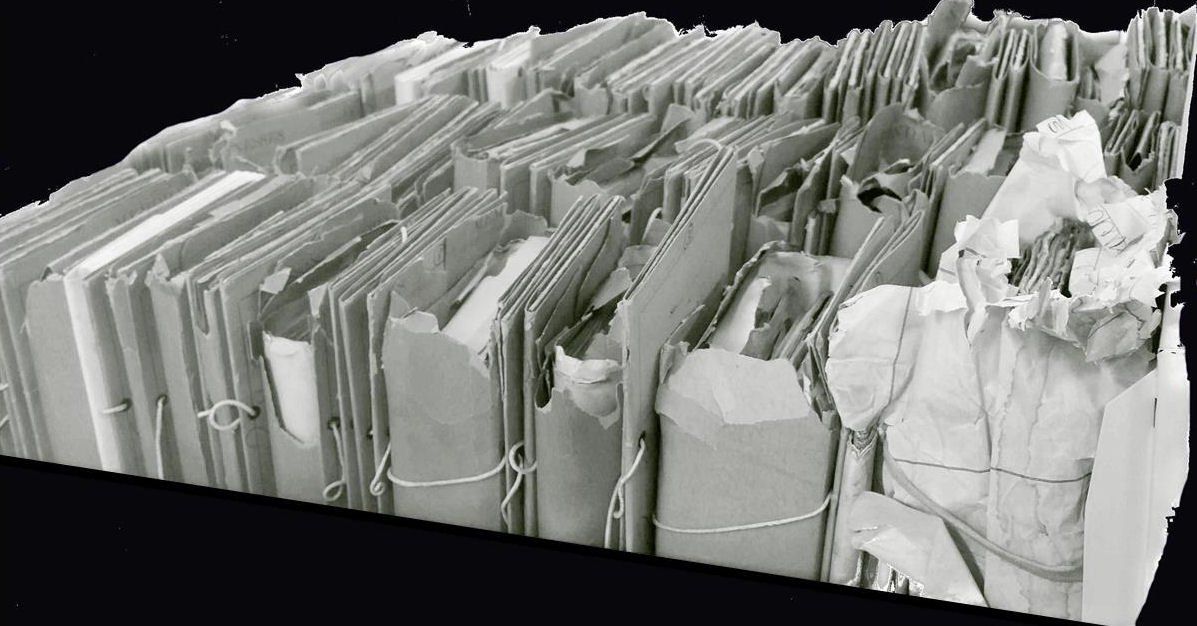
It’s no surprise that county government-based records are an excellent target for digitalization. The simple fact that county documents reach far back into history means that most are typically paper based. Add in the value of the information contained in these files and digital capture is certainly a viable and effective solution to County records management. How do administrators decide what approach to take when investigating document scanning? The process should be as unique as the organization structure. While it would seem that all county government needs are similar if not exactly the same, each has evolved over time in their own way. Land records sometimes called “tri-folds” were collected and stored in narrow drawers in what was, at the time, the most progressive way to file and access the documents. That was true when the paper was young. Now that it has sat for years in a folded condition the mere process of unfolding the pages for viewing can lead to torn paper and lost information. Depending on factors such as how long the trifolds have been stored, and under what conditions, weighs on the method used to scan the pages. Obviously, a careful process is critical. Not all records were stored in a folded manner so other documents are potentially handled in a different way. Again, having a custom approach is important. The beauty of digitizing county records comes in the use of the finished image product. While the original documents were in a variety of sizes, a digital system “flattens” them in a manner of speaking. Those trifolds, standard files in letter and legal size, bound and unbound books as well as maps and drawings all come together in one neat user friendly package. And that is the goal. A system that allows those who serve the public to work in an organized and efficient way. No longer must they drag open cabinets, climb ladders and handle heavy books to provide answers to the broad range of questions that enter a county office every day. The first step in finding the best solution to digitizing county records is to speak to those who have had a great deal of involvement with the process. COMPUCOM Inc has helped county governments preserve history through knowledge, experience and an honest approach to the problem. Let us help you.
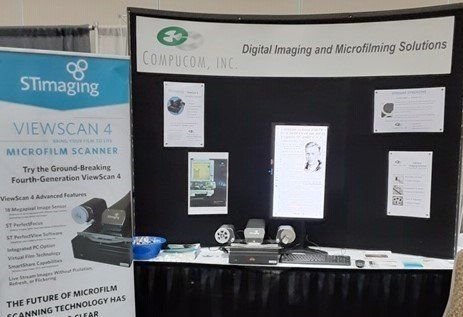
The Pennsylvania Library Association held its 2019 conference recently on the shores of Lake Erie and COMPUCOM Inc. was pleased to participate in the show. The theme was “Shine On”, giving a nod to Erie's three light houses that provided navigational assistance for the ships traveling the waters of the lake. We presented our library centric services and products to the attendees over the course of 2 day of exhibition time. A feature in our booth was the ST Imaging ViewScan 4 microfilm scanner. This is the perfect device for user facing applications that are common in library environments. It has easy to use software and an intuitive operating system so new users can be quick learners. We also discussed services we can provide to the library and information delivery market. Those with microfilm collections might elect to digitize the media, using our full-service film scanning department. Properly maintaining a film-based collection is critical so our Vinegar Syndrome film testing can spot potential storage problems. Equipment maintenance from our Service Department fills the needs for keeping microfilm viewing and printing equipment, printers and related items operating for the public’s use. These and other products and services can be described in more detail. Please give us a call to discuss. We have the opportunity to attend a variety of industry specific conferences throughout the year. It is enjoyable meeting folks who are professionals in their field and share views on the challenges they face. We learn their needs and look for solutions to the day to day business problems. This is always time well spent and we appreciate those who visit our booth.

When document scanning in the field of education is the topic, there are a few common uses or applications that are top-of-mind. These would include student records, transcripts and grade reports. For the most part they represent the records that must be maintained and accessible for long periods of time. And they typically represent the largest volume, so they are targeted for scanning to improve records management. But that group of records is really just a starting point for utilizing content management through scanning. Depending on the education level you will find many other applications that benefit from digitalization. In higher education Financial Aid generates correspondence and related forms. As does Admissions, Registrars and even files related to Donor activity. If the institution is a research facility you can find Medical or Technical reports, Notes and White Papers on a variety of subjects. All levels of education have a business side that involves Contracts, Purchasing, Accounts Payable, Human Resources and Payroll records. Library Systems may have a need to preserve Books, Periodicals and Newspapers. And don’t forget the practical applications like Facilities Management and drawings for buildings. Capturing and converting files into a digital format provides huge gains in productivity and space management. There is also the opportunity to take advantage of secure cloud-based storage that comes with complete back-up and the mobility of providing information to people on the move. It might be a Superintendent traveling between meetings or the Facilities Manager needing access to the detailed drawings of an elementary school. A Human Resources staff member who’s work takes them to campuses throughout the region or a teacher accessing grade reports from home. The benefits of scanning your educational records is the solution. Let us know how we can help you discover the value of document scanning. Call Dave or Denny today to arrange for a no cost evaluation of your files.

ST Imaging has upped its game with the ViewScan 4 microfilm scanner. This device brings together features that have evolved from earlier models through extensive research and study of the microfilm industry. And we at COMPUCOM Inc. are excited to be able to bring this system to you. Some of the highlights include: High Resolution Scanning - The ViewScan 4 can be equipped with either a 9 megapixel black & white or 18 megapixel color image sensor. Easy to learn and use software - PerfectView software is user-friendly with a clean, intuitive interface. No confusing menus, just simple steps to microfilm scanning. This s a system built for public use. Faster Research Times – Images are instantly displayed in high resolution meaning your browsing and capturing are quick and easy to do. Flexible – Roll microfilm (16 and 35mm) microfiche, jackets, aperture cards and even slides can be digitized. Advanced Technologies - Images can be saved in many different formats to multiple locations including, email, Google Drive, Dropbox, USB, and shared over inter-library loans. Of course, the file can be sent to any network printer. Also features an optional onboard PC. With this configuration simply connect a monitor, keyboard and mouse to the PC and you are ready to scan. While we can write about the ViewScan 4 and all of its specifications, the best way to appreciate this device is by seeing it in action at your office. Please call us at 412-562-0296 to arrange for an onsite demonstration using your microfilm-based records. Click here to learn more.
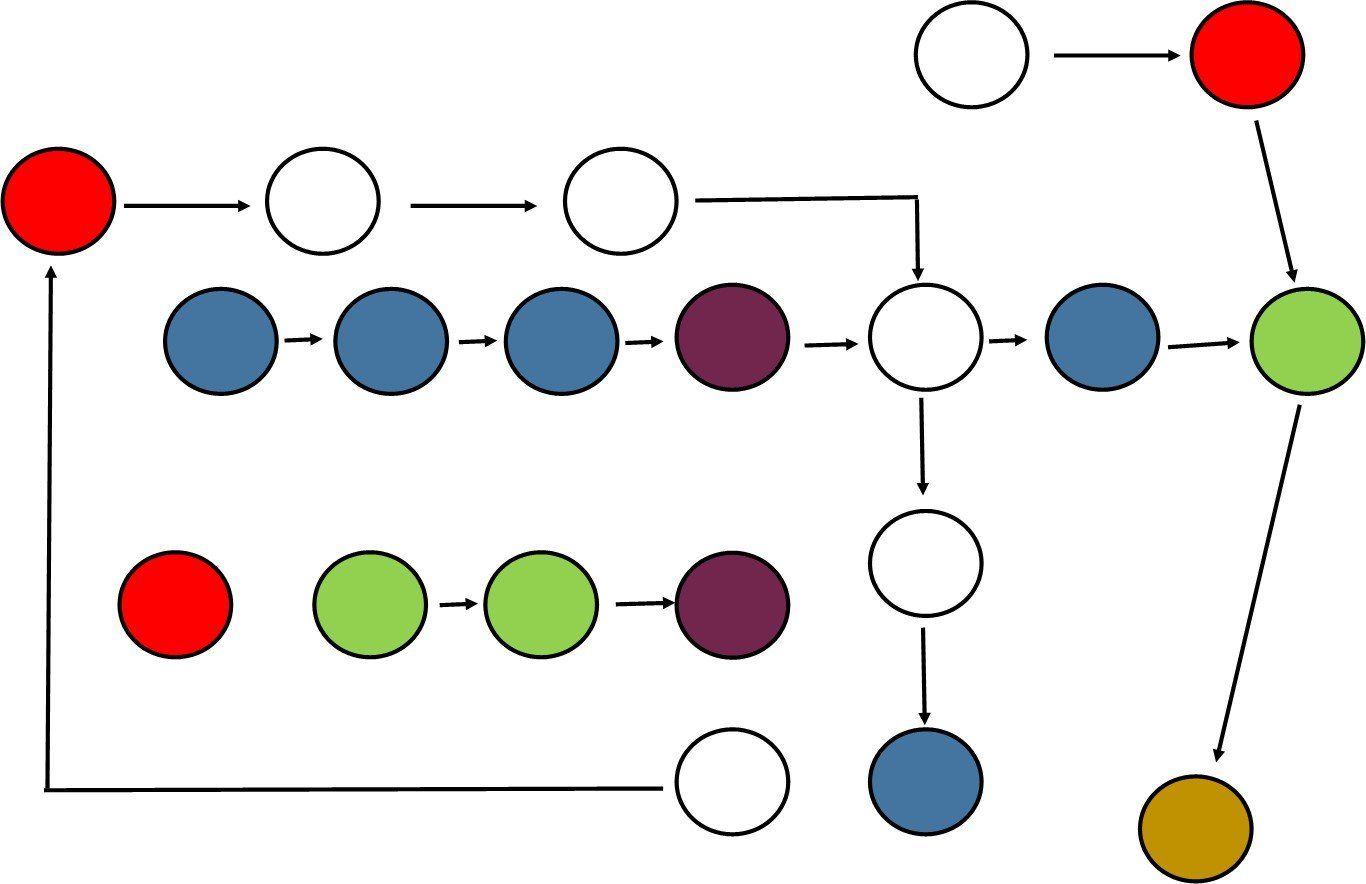
What can be worse than having a business process come to a screeching halt because a critical document is missing? Suppose Milt in Accounting is out of the office and no one knows where he left the balance report. Or what about 9 people dumping work on poor Lorraine at one time while the sales contracts she usually works on are getting lost in the shuffle. Chaos in the organization can come quick and become a heavy burden. There is a solution and that is Document Workflow. Automate business processes by electronically routing documents, alert users of pending work assignments, and track progress step by step. Paper documents are replaced by easily shared electronic versions that put all necessary data at your fingertips. So, what is Workflow and what does it do? Workflow electronically organizes, controls and intelligently routes the documents that drive your business. Using standard business operations and easy to execute and manage processes, Workflow is developed to address your specific needs with a custom solution. When a document enters the system, it is scanned and put into the appropriate routine. The document follows an established path of review and authorizations. Users are instantly notified when new assignments and tasks are available, allowing them to finish work more quickly. When an individual completes their part of the process the document and related information automatically moves to the next person or process. If necessary, each step can be reviewed by an administrator in case adjustments are required. Once the process is complete with all approvals in hand the file is committed to permanent storage that is easily accessed by all parties. What are the results of installing Workflow? • Regulatory controls with detailed audit and document activity reports. • Ensure proper procedures are followed and completed within specified time frames to keep processes running smoothly. • Increase document security by improving the control of information to enhance compliance. • Reduce your cost per document processed by managing files digitally. • Eliminate the expense of document storage costs by reducing paper use. • Speed up business processes and save labor expenses COMPUCOM Inc. is proud to represent Digitech’s PaperVision Enterprise Workflow which provides all of the tools necessary to improve your operation. We work closely with Digitech to define, develop, install and implement your solution. Contact Dave or Denny to learn more about COMPUCOM Inc. and PaperVision Enterprise Workflow from Digitech.

We were able to assist in a family history project and it turned out to be an education for us. Document scanning and digitalization of microfilm has been part of our business for years now. More recently we introduced photo scanning. This because we recognize that while most new photos are being taken with digital cameras and phones, many older printed photos still fill people’s closets. The PC has become the repository for all images so it is natural to convert the prints to digital images. As families grow and generations multiply, we tend to spread out across the country. With that migration comes the potential for loss of identity. Where we used to spend Sunday family gatherings going through albums that is no longer an option. Identifying our ancestors in the photos, which was committed to memory is soon lost. Having the knowledgeable people in various parts of the country makes the task impossible. Even if you do capture the photographic history of a family, what to do about identifying the older generations? The answer, both elegant and simple, was brought to light with this family. We faithfully captured each photo, giving it a unique number. Where appropriate, the photos were divided into logical groups or folders. Then a corresponding Excel sheet was created with that unique number in a column. Columns were added for dates, descriptions and notes. The photos and the Excel file were placed on a cloud-based platform where the entire family could access it. Now a grandchild who is proficient with a computer can sit with Grandmother, showing her the photos and entering all identifying information she provides into the Excel. What a wonderful way for generations to unite. Of course, this can be happening throughout the family, no matter how far apart they might be. Soon the family’s history will be full of interesting notations and comments. If someone would like to frame a picture of Uncle Gibby they can simply download it to be printed. And the family connection is reinforced.
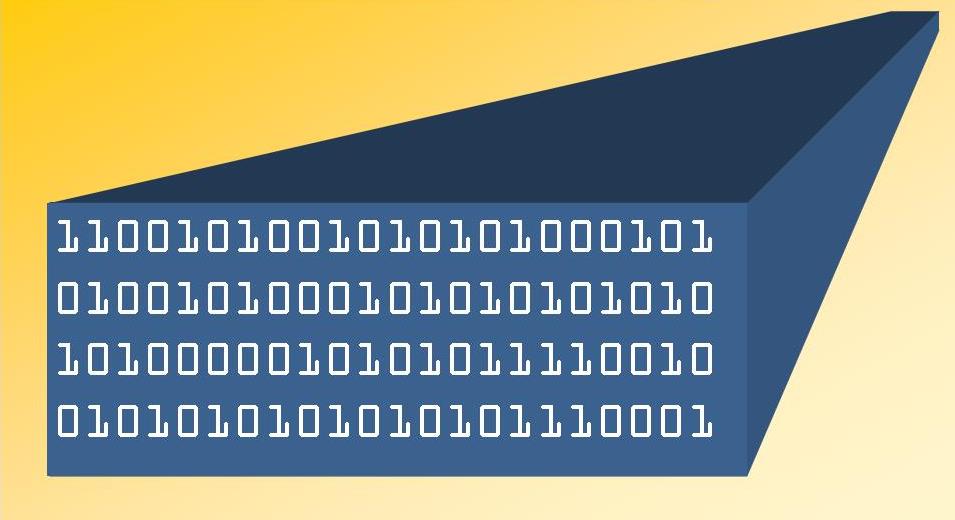
Since this is the 50th anniversary of the first moon landing, many shows have aired recently about various aspects of the Apollo space program. One of the most interesting parts is the computers that were used. In 1969 there were large business and scientific computers in use. But compact computer power was in its infancy so the systems were primitive compared to later years, let alone today’s technology. The Apollo system consisted of a home for the Astronauts - the Command Module / Lunar Lander and the lift system – a rocket. The Command Module computer was critical. It took the Lunar Lander to the moon’s surface. Less has been written about the Saturn V rocket that lifted the astronauts into space with the necessary power, speed and trajectory required for a successful flight to the moon. Many women and men spent countless hours doing the calculations, engineering and design work necessary to develop the technology. Like everything else involving a space craft, there are limits to the amount of work area and weight that can be dedicated to a function. So the challenges were great. Refrigerator sized computing power had to be shrunk to a minimum. New manufacturing techniques were developed. Everything required multiple levels of testing and re-testing. Starting over again and overcoming failures was frequent. Some processes had to be done by hand. For instance, the wires on the memory boards were tediously wound a single wrap at a time. The direction of the wrap would determine a “1” or “0” in computer terminology. Thus creating the bits and bytes that became programs. Programs that, in the case of the Saturn V, would guide the Command Module to the moon. And it all worked out. The technology brought to life by these pioneers contributed to steady improvements in computers. Bringing us to where we are today. When it comes to comparing older technology with today’s computerized devices there are common examples. For instance how a 1980’s PC stacks up against your smart phone in terms of available applications. Or how we have come to rely on today’s electronic maps to get us to our vacation destination. During the Apollo mission days it was engineers, scientists and calculators finding the way. Yes, great advancements have been made. But here’s another perspective. The 1969 computer that controlled the Saturn V - a 365 foot tall, 6.2 million pound, 3 stage rocket that was capable of escaping earth’s atmosphere and reaching speeds of 17,000 miles per hour - had 112kb of memory. That is equivalent to 5 scanned pages from a typical business document. Impressive to say the least. Do yourself a favor and take the time to read about the accomplishments by a dedicated group of individuals. May it remind us all that so much is truly possible.
